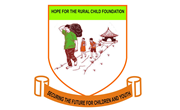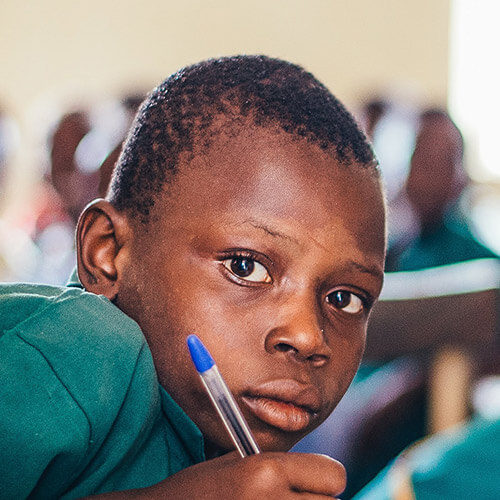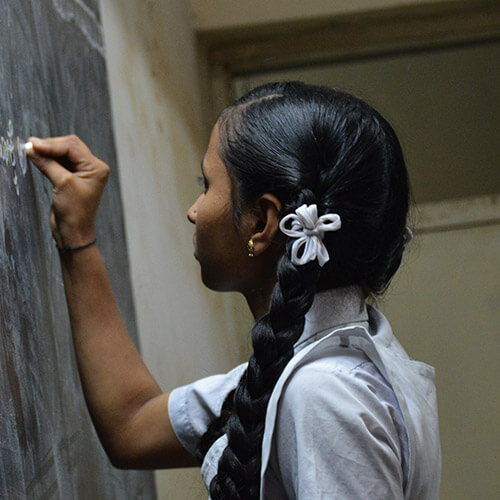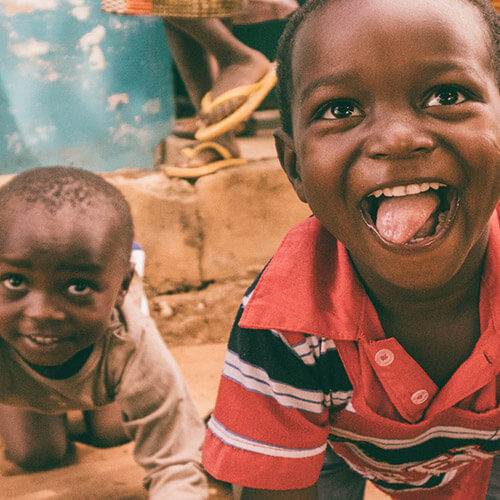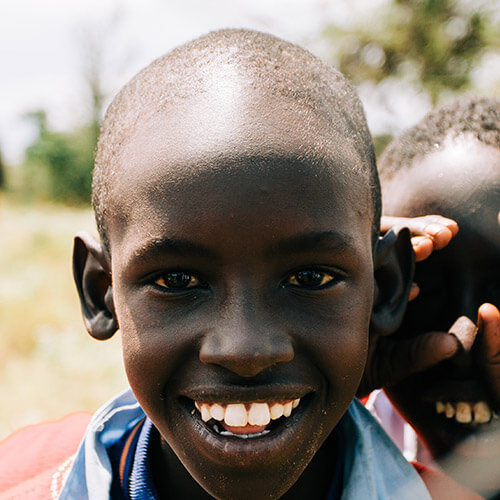Geographical and demographic Background.
Namasagali sub – is found in Kamuli District in Uganda (East Africa). Namasagali Sub County occupies a total area of 225.12 km2 out of which 31.76km2 is covered by water. Namasagali borders with Kagumba Sub-county in the north, Kayunga District in the west, Butansi and Balawoli sub counties in the east and Butansi sub-county in the south. A bigger part of Namasagali sub county lies on the shores of the great River Nile.
According to the National Housing and Population Census conducted by the Uganda Bureau of Statistics (UBOS) in 2014 Namasagali sub-county by 2014 had a population of 37,563 people out of which 18,653 were males and 18,910 were females. However currently according to projections by the Kamuli District Local Government Planning Unit the population of Namasagali stands at about 43,561 people. Namasagali sub-county has 4 parishes; Kasozi, Kisaikye, Namasagali and Bwiiza and a total of 43 villages. The majority of residents in Namasagali sub-county are Basoga but there are other tribes like the Iteso, Samia from Kenya, Jaluo from Kenya, Banyoro, Bakenye, Acholi and Banyankore living in the area.
Historical Background.
As early as 1908 the British colonial government which had taken over Uganda as a colony considered Namasagali to be of more strategic importance towards the fulfillment of British interests than any other area in eastern Uganda. In 1910 the colonial government constructed a modern harbour on the banks of River Nile at the place where the current Busitema University Namasagali Campus is located. The ruins of this harbour still exist up to today. The motive of constructing this harbour was to ease the transportation of cotton and other agricultural produce from Butiaba Port in Masindi District to Namasagali from where it was transported by railway through Mbulamuti, Tororo, through Kenya to Mombasa port for export. In 1912 Namasagali was connected to the railway line from Mombasa. Its connection to the railway caused so many dynamics that were later to influence the peopling of the area.
There are two popular stories that explain why this area was called ‘Namasagali’. One popular legend states that the name ‘Namasagali’ was coined out of the excitement by local people in Busoga who used to come to Namasagali after the construction of the railway in 1912 to see ‘a metallic thing moving’ (train). Those who came to Namasagali to see the train for the first time used to tell others ‘Tuva kulamusa gali’, meaning ‘we are from greeting the train’. The other story asserts that the name Namasagali was got out of the sounds the first train at Namasagali Harbour called ‘Sarting’ used to make while moving. It used to make sounds like a vehicle moving on humps. In Lusoga they call it ‘Okusagala’, hence the name Namasagali.
Between 1912 and 1960 Namasagali hosted the headquarters of the Uganda railway in eastern Uganda and was also the headquarters of the Posts and Telecommunication Services in Busoga. During this period the British colonial government established a lot of development infrastructure in the area. However the railway became dysfunctional in 1961 due to the heavy rains that ravaged the entire Uganda and submerged the railway installations in the area. In 1963 the premises that were used as the headquarters of the railway were taken over by Namasagali College.
The Economy of Namasagali and the State of Social Services
According to the Housing and Population Census conducted by the Uganda Bureau of Statistics (UBOS) Namasagali is one of the sub-counties with the highest poverty levels in Uganda. The major economic activity of the people living in this area is farming. However the farming in the area is not yet commercialized and therefore the economy is of a subsistence nature. Since 31.76km2 of Namasagali sub-county is covered by water, River Nile and several swamps, the people who live in the areas near these water bodies do fishing but using primitive methods and hence it can adequately cater for the livelihood of their family members. Though the sub-county is located in the cattle corridor of Uganda there are only a few people who own cattle.
In the sector of Social services especially education and health Namasagali sub-county still requires a lot to be done to improve these areas, education and health. The sub-county has 15 government owned primary schools and about 7 private ones. However enrolment in these schools is still low as compared to schools in the other sub-counties of Kamuli District. This is attributed to the chronic poverty in the area. The academic performance of pupils at primary level is also very worrying. From 2010 up to date (2021) no single child in a government school has passed the Primary Leaving Examination with a first grade. The very few first grades got each year are from private schools. This is as a result of a pile of problems faced by schools in the area. Schools in Namasagali lack enough teachers, lack of teachers’ houses at schools and failure of parents and guardians to provide scholaristic requirements to their children among others. The sub-county has two secondary schools.
In the area of health, the sub-county lacks adequate facilities that would contribute to the good health of citizens. Namasagali is one of the sub-counties with the lowest clean water coverage in Kamuli District. However a lot of effort is being put in by government to address the clean water shortage in the area. The sub-county has two government health centres serving the entire population of the area. Namasagali is one of the sub-counties with the highest cases of HIV AIDS in Kamuli District.
Implications of the poverty problem on children:
· Cases of child marriages are very high in the area. According to records from the Kamuli District Probation Office Namasagali has registered the highest cases of child marriages in Kamuli District.
The school dropout rate in the sub-county is very high. According to records from the Kamuli District Education Office Namasagali has the highest dropout rate in Kamuli District at both primary and secondary school level.
Cases of child labour are high. Children especially the orphans and those from disadvantaged backgrounds have resorted to offering labour to cut sugarcane, charcoal burning, fishing among other risky jobs.
· According to records from Namasagali Police Station and the District Probation Office cases of domestic violence are very high and the women and children are the worst affected.
